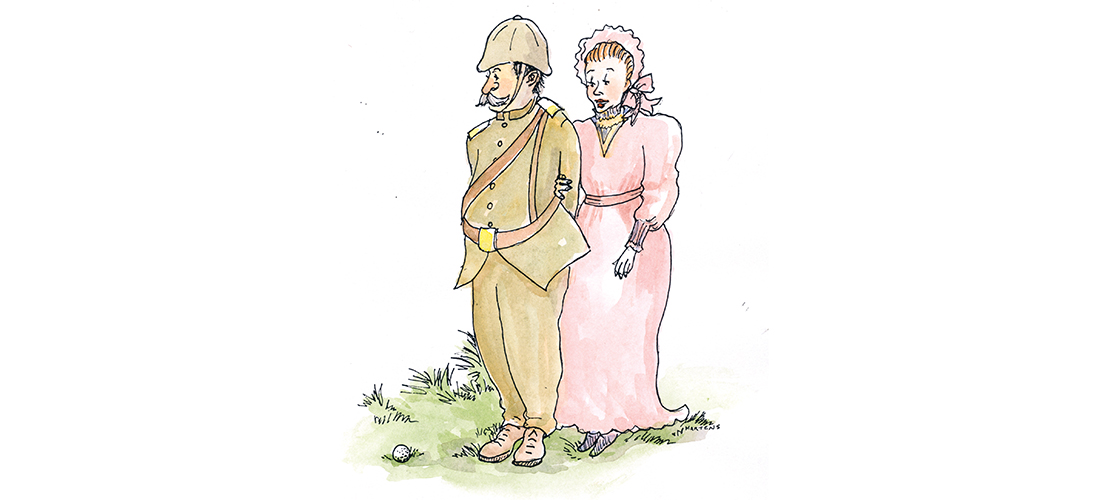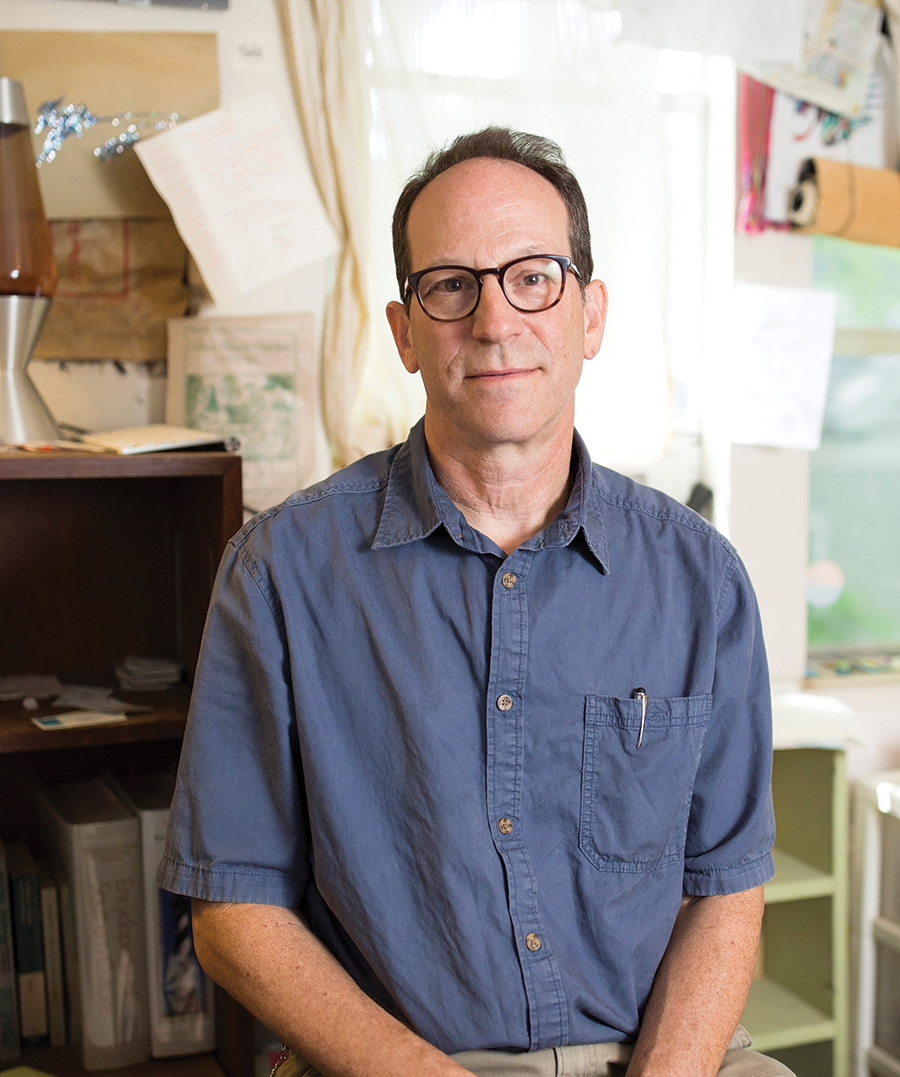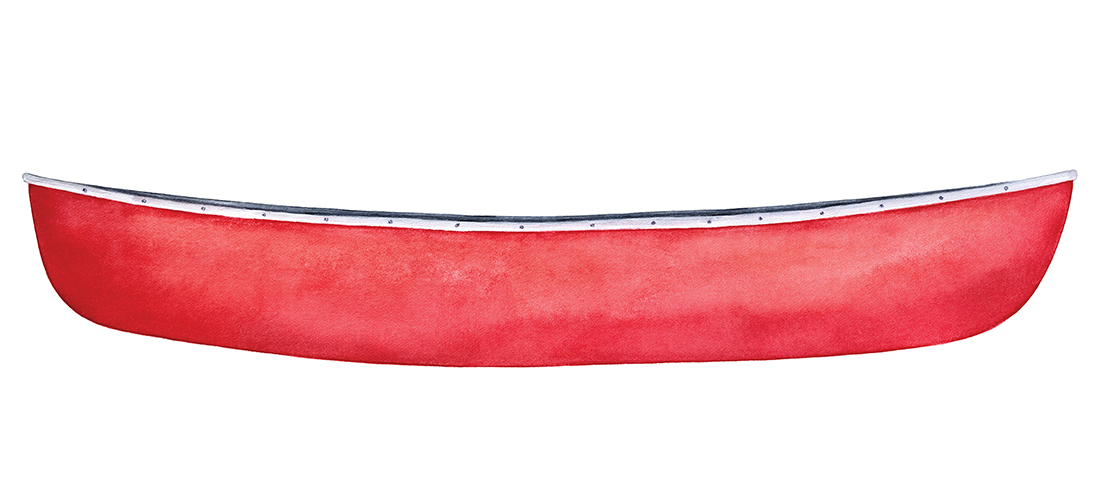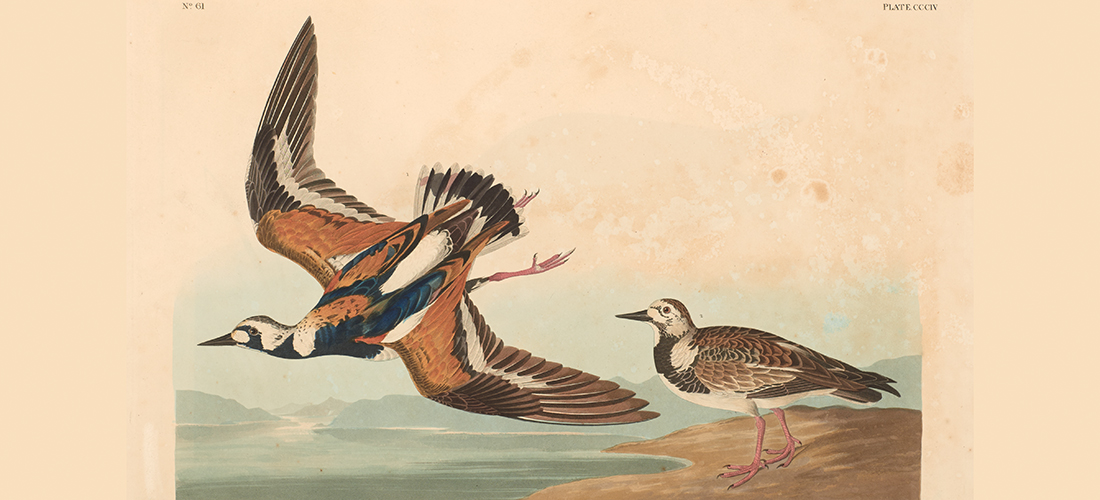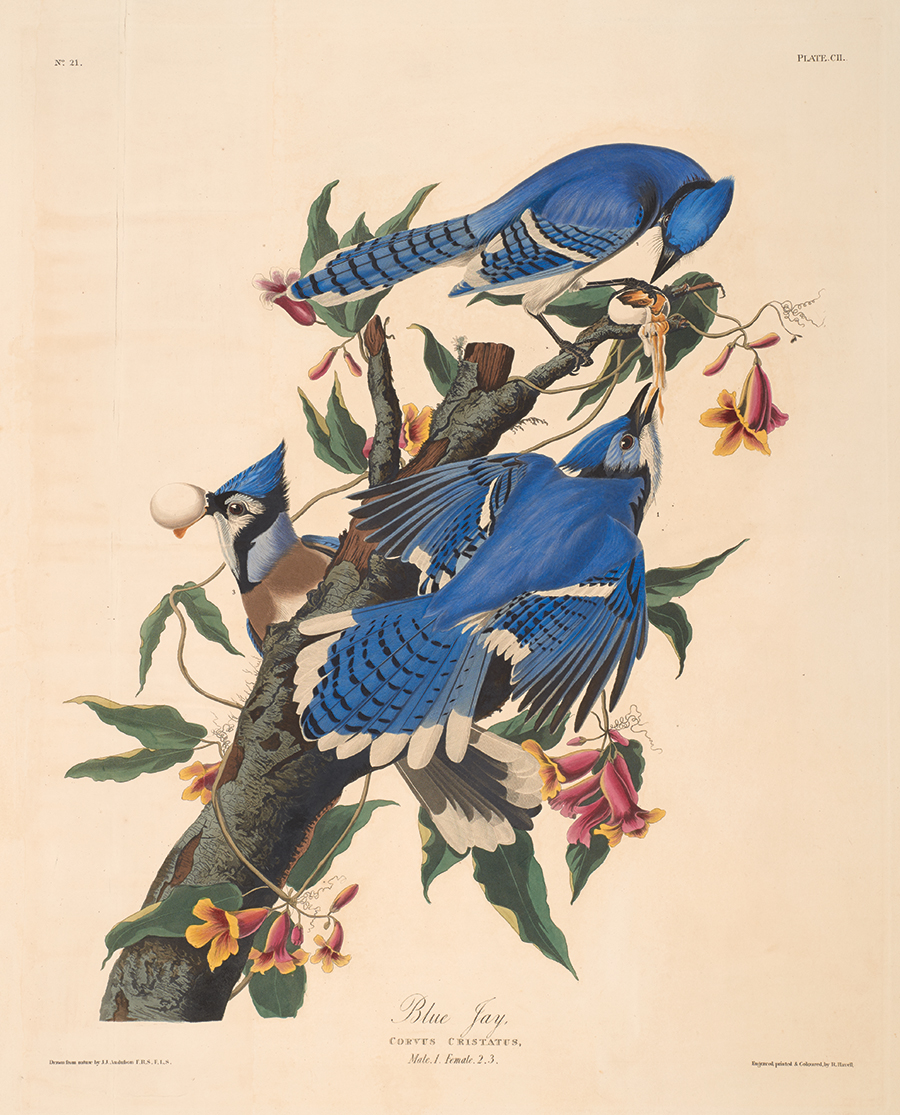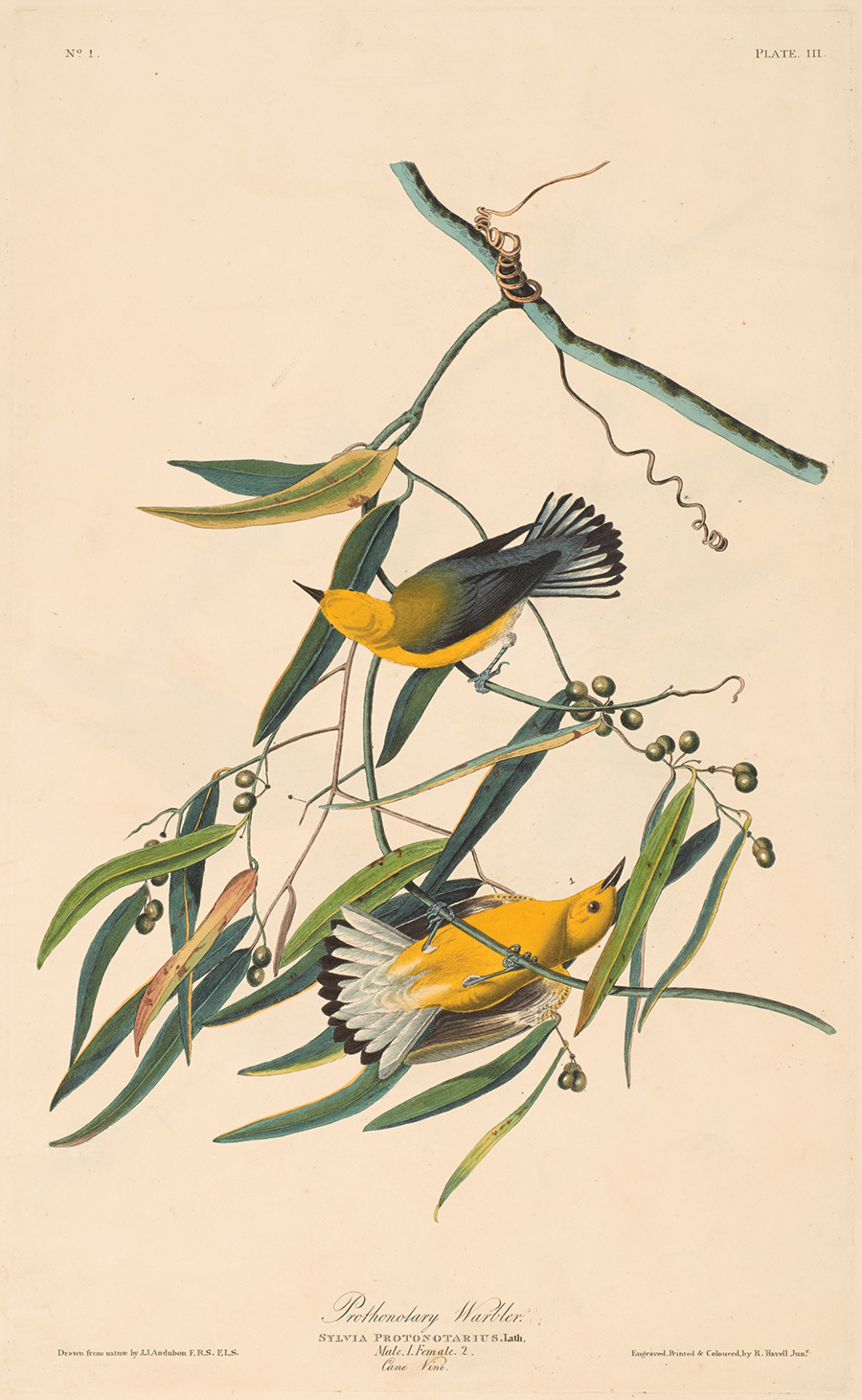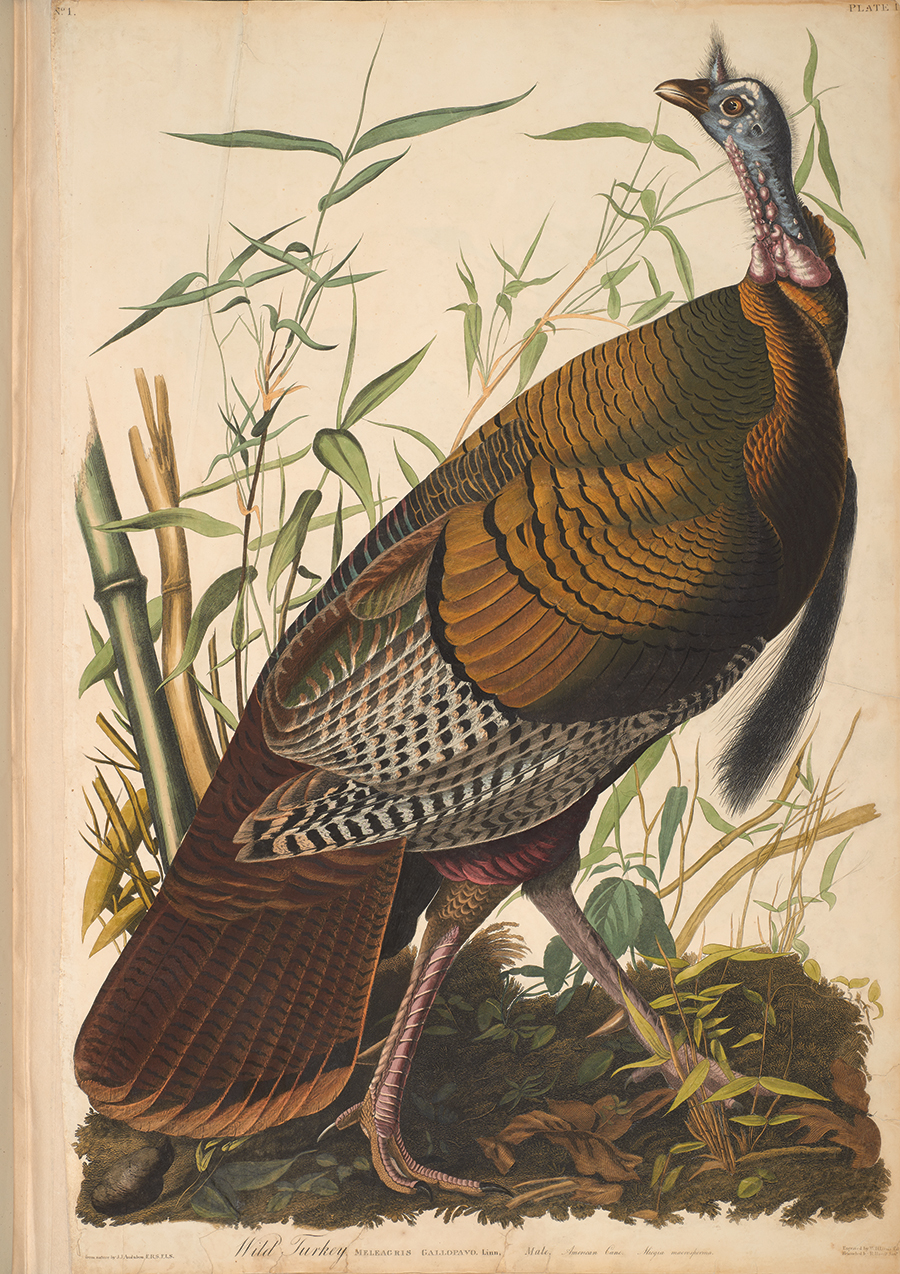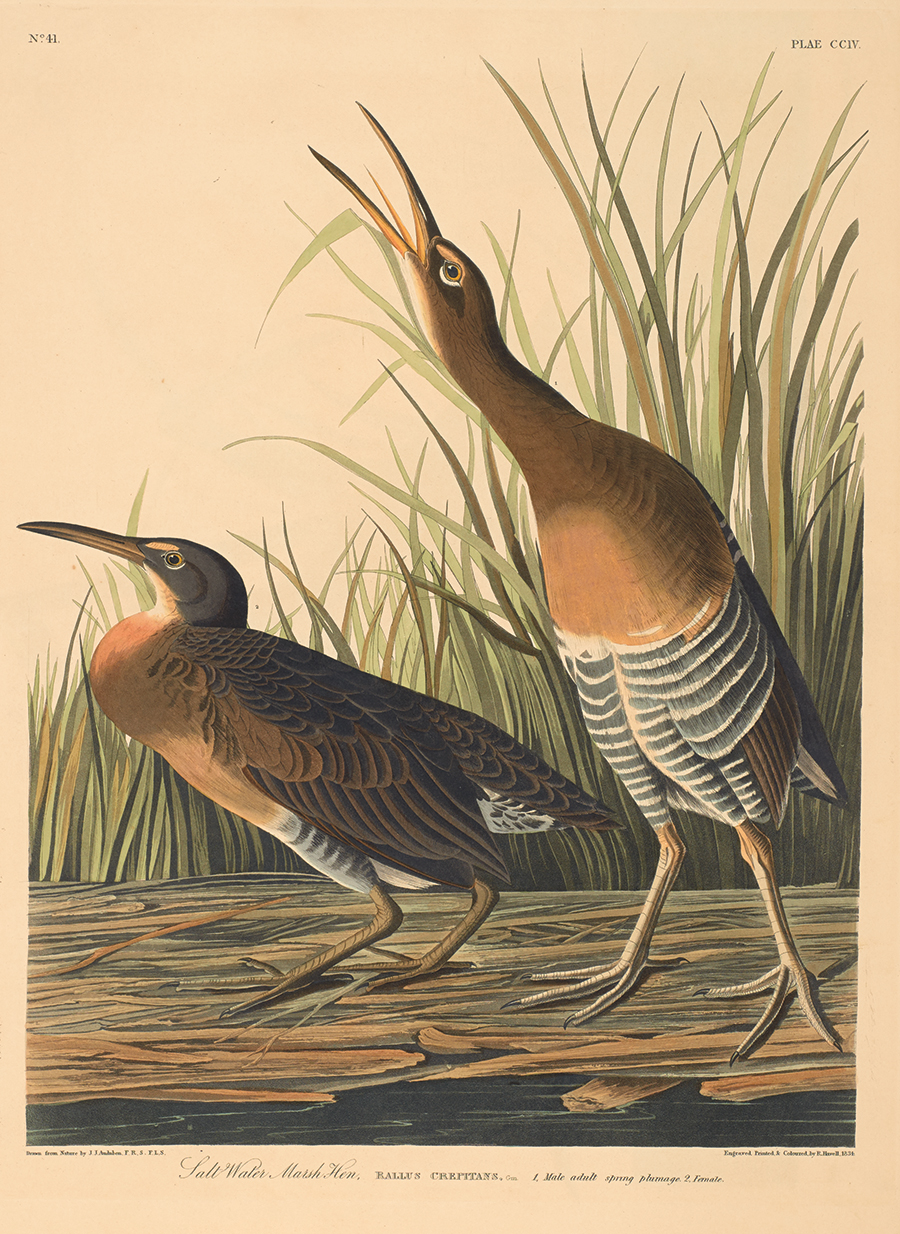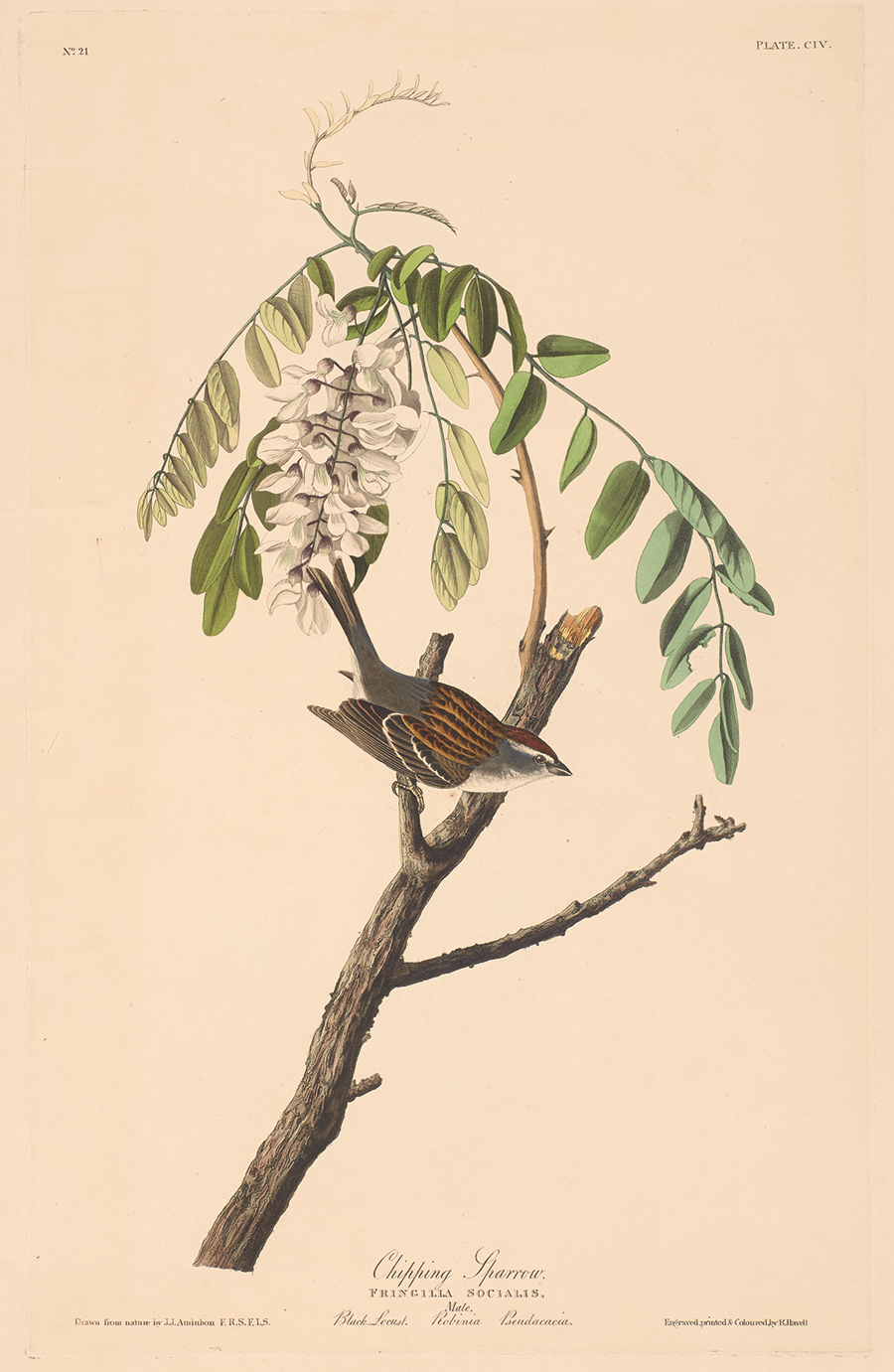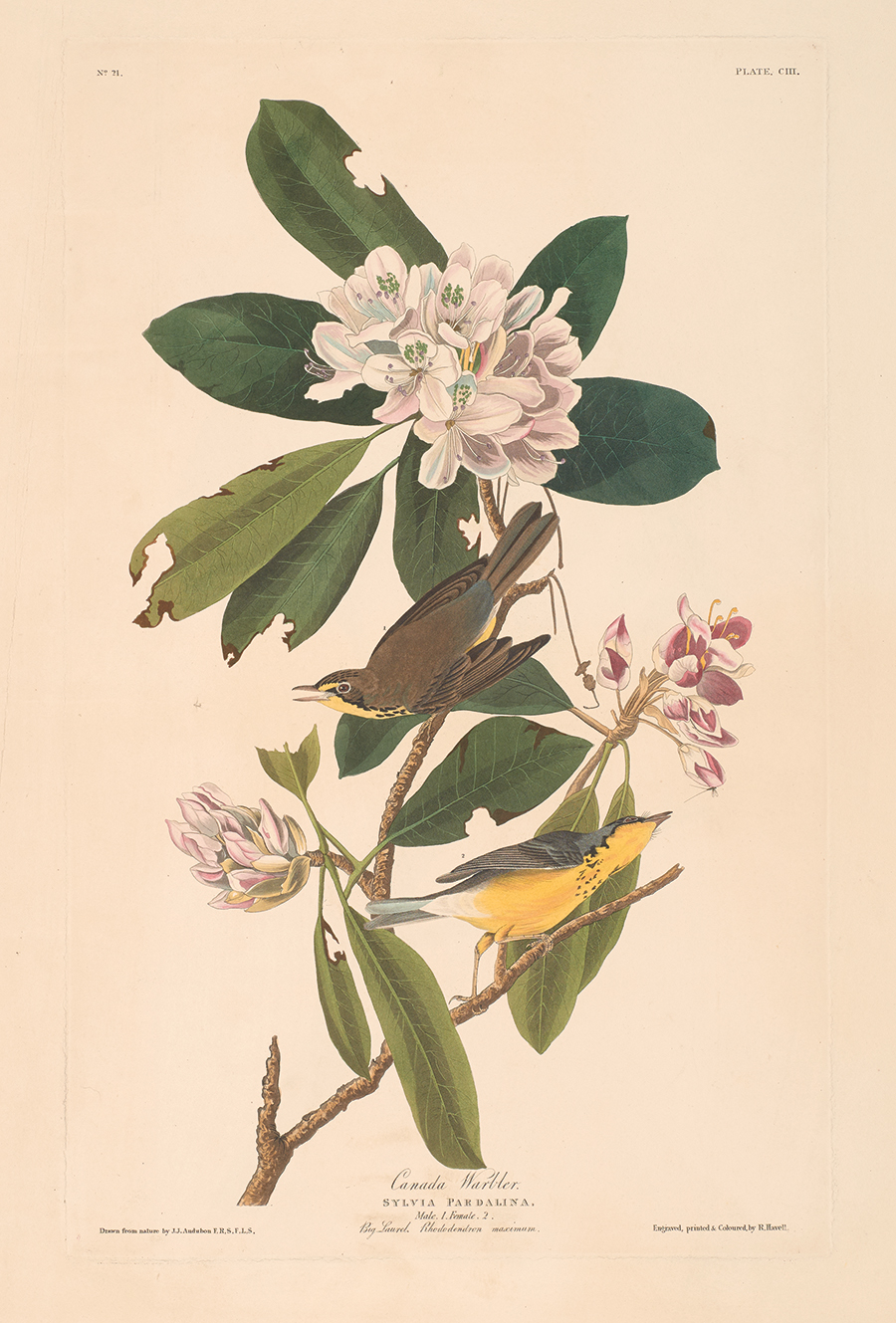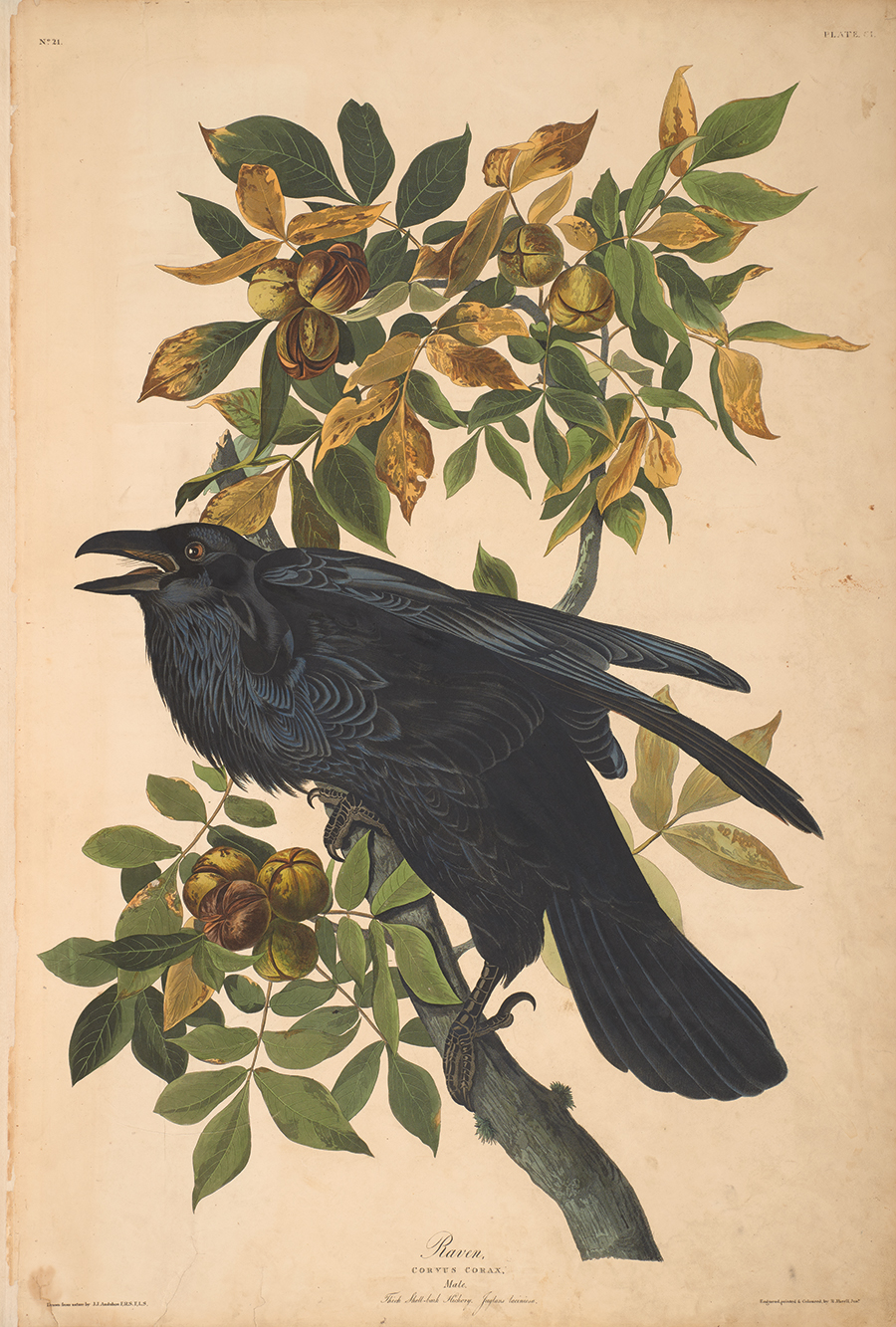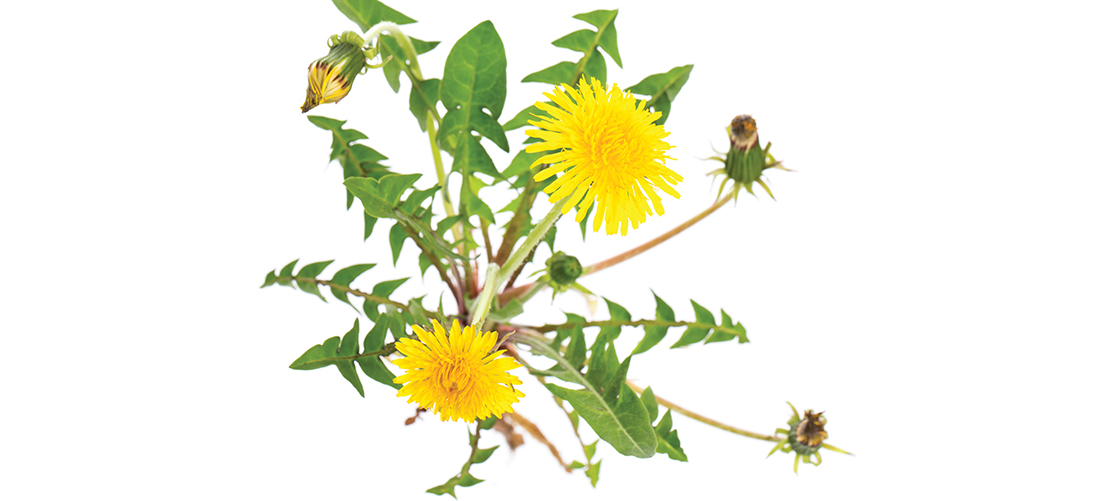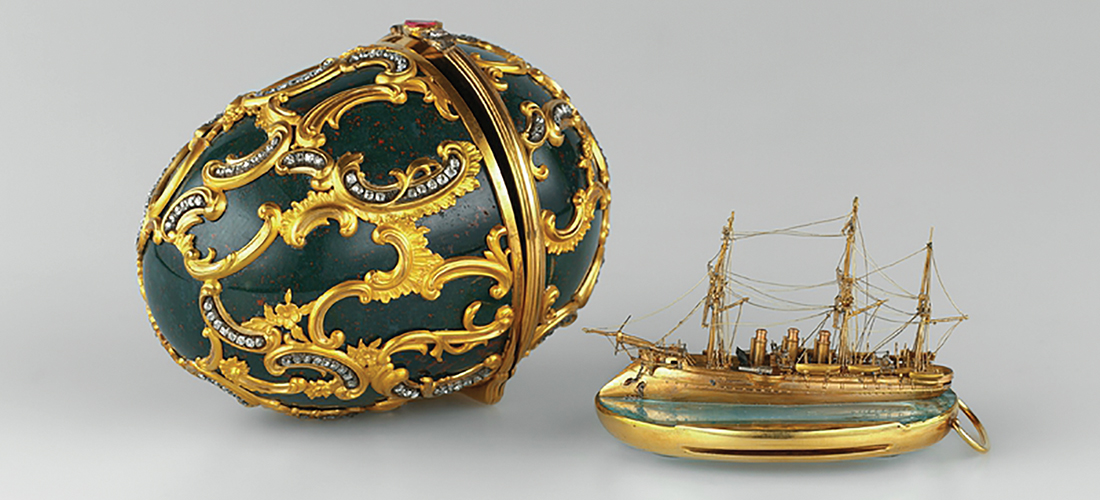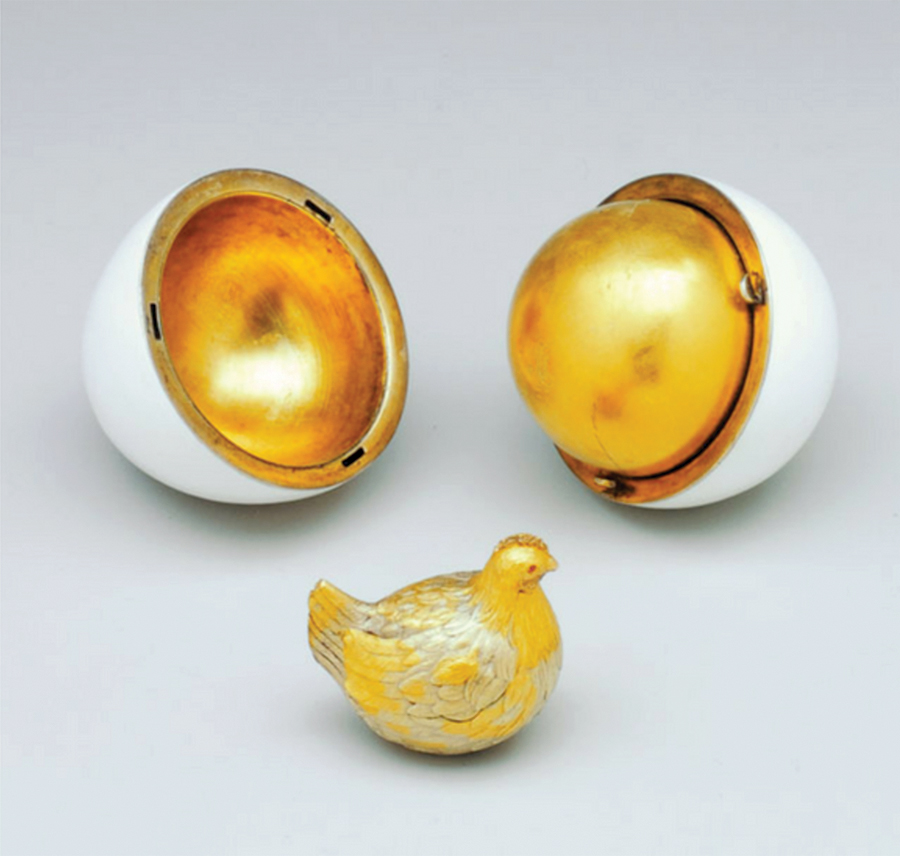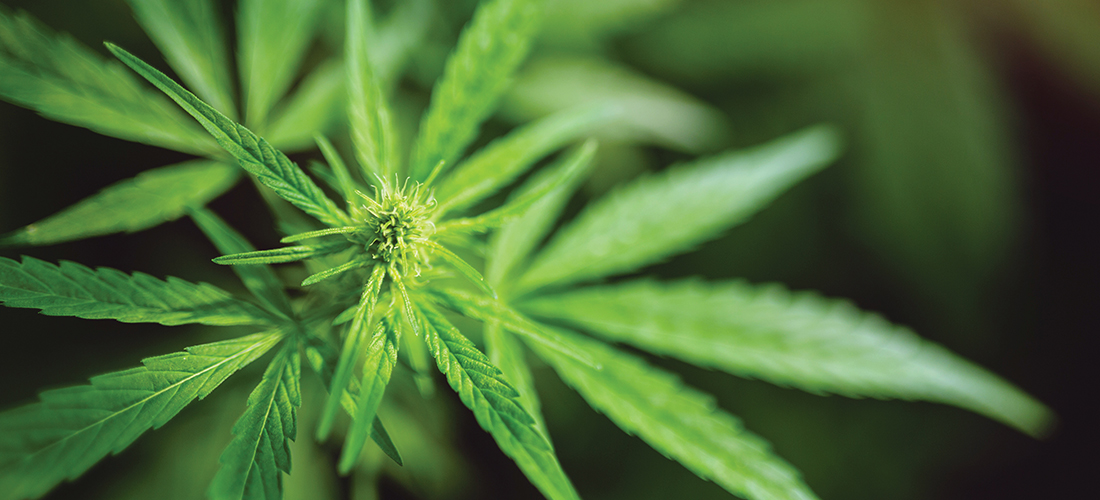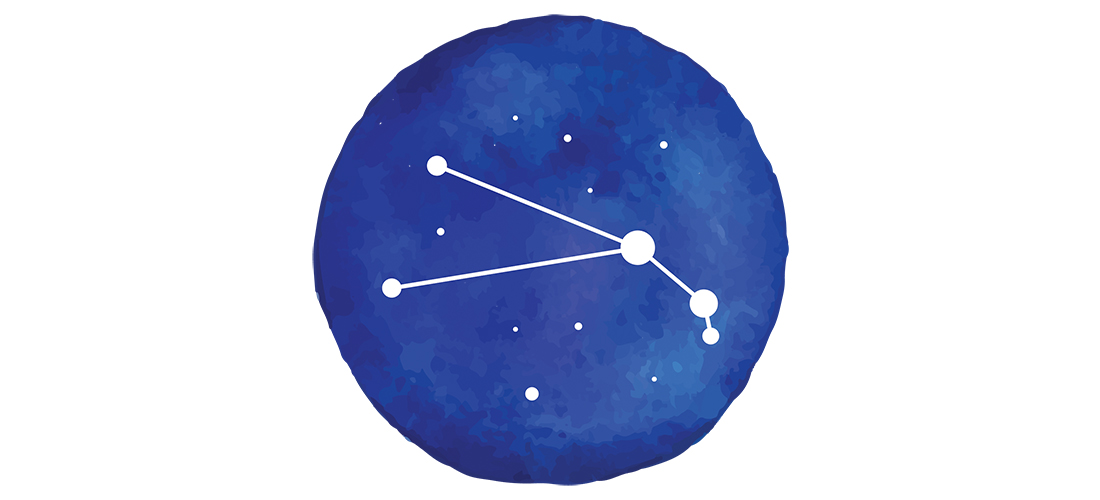Sandhills CBD
The hemp landscape is moving fast
By Jan Leitschuh
The times they are a’changing. And swiftly.
You still can’t grow cannabis — that is, hemp, marijuana — in your kitchen garden, but thanks to a new December 2018 Farm Bill, it is now legal, with some tight restrictions, for farmers in the United States to grow hemp for food, clothing, products and fiber, as well as to transport their hemp-derived products across state lines, including cannabidiol (CBD) oil.
A press release from Cannetics, a South Carolina organic, industrial hemp seed and genetics company, says, “With the passage of the 2018 U.S. Farm Bill and burgeoning national hemp market, industrial hemp is primed to be an economic opportunity for new and existing farmers in the Carolinas.”
North Carolina has been ahead of the game with its special pilot program. The past several years, the state has licensed select producers to grow hemp, including at least two in Moore County last year — the McLeod Brothers Farm of Carthage and Carter Farms of Eagle Springs. This special program allowed small-scale hemp cultivation for limited purposes. Perhaps, ran the speculation, hemp could replace tobacco as a cash crop.
Thanks to North Carolina’s foresight and early start, our farmers now have a jump on the potentially lucrative and fast-moving hemp-growing train. Could hemp actually give N.C. tobacco a run for its money this year?
“We are predicted to have the smallest tobacco crop here since the Civil War,” says Ben Priest, of Carthage, whose Priest Family Farm planted 30 acres of hemp this year under contract, with the company supplying the expensive plants. The Priests will be harvesting the buds for the company’s CBD oil products. “Five years ago we had about 135 acres of tobacco. This year we’ll have 25.”
And what of products like the medicinal CBD oil?
“It’s all about CBD here,” says Billy Carter of Carter Farms. “Hemp here is not being grown for fiber or feed. Hemp for fiber and feed is lower value, like a grain crop. CBD is where it’s at in terms of being able to add to the farm income. And the general farm economy has been so depressed lately, if you say you’re going to have a hemp meeting, 200 guys show up.”
One of hemp’s products, CBD oil, is currently all the rage as a non-addictive panacea for everything from arthritic aches and pains, insomnia, anxiety and migraines to epileptic seizures. CBD oil is said to give pain relief benefit without the high of marijuana. Manufacturers hope to profit from the intense public interest by adding the non-psychoactive CBD to salves, oils and edible products.
While a number of area growers are raising hemp acreage under contract for sale to outside extraction companies, one farmer, Martin McLeod, is making a value-added leap with his test crops — making extracts from high-CBD hemp grown right on his Carthage farm.
“From seed to shelf,” says McLeod. He now produces “Farm Life Hemp,” branded CBD-infused products like salves and oils, right on the farm. “The ultimate value-added product.”
CBD oil is a cannabis compound, but it does not contain the infamous THC, the psychoactive compound found in marijuana that gives users the “buzz,” or euphoric feeling. In fact, hemp grown for oil, food, fiber and feed must not exceed a trace (defined by law) of more than 0.3 percent of THC, the compound in the plant that gets a person stoned. In short, hemp products can’t get you high. Though legal in a number of states, high-THC products are illegal in North Carolina.
Thanks to the 2018 Farm Bill, CBD oil is now legal in all 50 states. Proponents use it to treat glaucoma, epileptic seizures, arthritis, neurological disorders, PTSD, depression, pain and other ailments. The oil is reported to have anti-inflammatory, antioxidant and anti-nausea properties. CBD oil is sold in a number of locations locally, including McLeod Brothers’ farm store in Carthage.
The Farm Life Hemp products come in both tinctures and salves of various volumes. McLeod says his father uses it regularly: “My dad was at the point he could hardly walk due to rheumatoid arthritis, and he was on one of the strongest drugs for his condition. Now, since he’s been taking our CBD regularly, he’s off that medicine, 100 percent. He’s also got a lot more energy, more relaxed.”
Derived from industrial hemp, medicinal CBD oil is extracted from the flower bud of a high-CBD strain. McLeod’s process uses an alcohol extraction. The resulting oil is designed to be dropped under the tongue or, in some cases, rubbed directly on sore joints.
Since ingesting CBD oil is a common way to administer it, the “edibles” industry has exploded, too — CBD-infused soft drinks, candies, gummies and chocolates are wildly popular, and growing in number — proving once again that a spoonful of sugar helps the medicine go down.
For decades, federal law didn’t distinguish hemp from other cannabis plants. All were made illegal in 1937 under the Marihuana Tax Act (with a few wartime exceptions to grow hemp for rope) and formally made illegal in 1970 under the Controlled Substances Act. That changed last December, unleashing a rush of hemp activity.
So, could hemp replace tobacco in the Sandhills? Some think it has a shot. Others believe once the dust settles, it will be just another high-value, high-input crop — like tobacco.
Public awareness of the health-damaging properties of tobacco — a major cash crop for North Carolina for generations — has led to a decline in sales and prices. This is of deep concern for farmers trying to hang on to family farms.
“My main worry was how bad the tobacco industry is getting around here,” says McLeod. “Every year the contracts get cut more, and it gets harder to sell it, and then after all that expense and work, they maybe turn down a whole truckload because its a shade different color than they want it.”
McLeod began looking for other viable cash crops, and hemp snagged his interest. “I noticed that Canada had been growing hemp since the 1990s for grain, protein and fiber,” he says. “Researching more, I started reading about the CDB side of things, and how it helped people with pain, inflammation and other ailments. The medicinal part really caught my eye.”
In early 2017, McLeod was talking with his cousin, Dr. Sandy Stewart, a former N.C. Cooperative Extension crop specialist in tobacco, who now serves as assistant commissioner for the North Carolina Department of Agriculture. He’s also a member of the N.C. Industrial Hemp Commission responsible for implementing the state’s tightly regulated pilot program for hemp. McLeod decided to jump on the hemp bandwagon and grew several of the first test plots on the family’s Carthage farm.
“We got in on the ground floor,” he says. “A lot of people talked about it like a joke, but I knew they were growing it in other countries throughout the world. Now every farmer is trying to get in on it.”
It was a good fit. The expensive infrastructure that farmers, like the McLeods, need to grow tobacco is very similar to what’s needed for hemp. “You need greenhouses, planters and forced-air dryers . . . both crops use the same. That’s why all these investors are coming here to speak to farmers about growing hemp. We have the forced air-drying barns for the harvest. That’s probably why North Carolina has five times the acreage planted this year as last year.”
Since that infrastructure is the lure to out-of-state and Canadian contractors, the atmosphere is giddy on both sides right now. “Everything is moving so fast in this industry, or rather, endeavor,” says Carter. “It’s like being in the eye of a hurricane. It’s hard to see the big picture for the debris.”
The switch to hemp is not without its problems. Last year McLeod had some vandalism when his hemp crop was mistaken for illegal marijuana.
And then there is the steep learning curve for a new, high-value crop. “Most of last year’s crop was harvested way too early because we were trying to get it in before the hurricanes,” says Carter. “It was a difficult year. Everyone was told hemp was pest free; that it requires very little fertilizer; and to not worry about foliar (leaf) diseases — and none of that was true.”
Next hurdle is acquiring plants. “The genetics of hemp are really fascinating,” says Carter. “The genetics aren’t stable yet. You want females for the flower bud, and they have to be under that 0.3 percent THC. That’s why last year’s crop was grown mostly from clones or cuttings, and that makes it a costly production system. Clones get around the (unproductive) male problem, and unstable genetics. But for the endeavor to progress, we have to get where we can grow it for seed.”
The giddy “gold rush” mentality on both sides — grower and contractor — could lead to overproduction. “It is a new and exciting opportunity,” says Carter, “and North Carolina is well positioned. Nevertheless, all 50 states can grow hemp now. The scarcity can’t last. Economics will not allow a void like that for long. I see it as another crop that will eventually fit into the mix. There is real upside right now, but also real risk.”
Though the gold rush is on, the result is not necessarily pure bank. “We have all the infrastructure and equipment in hand, but hemp is still a high risk crop,” agrees McLeod. “There is no federal crop insurance for it right now, so the risk is all on you. And it’s the highest cost per acre crop in North Carolina, except maybe strawberries, and nobody grows 100 acres of strawberries.”
And then there are other unknowns: contractors from out of the area seeking hemp growers. Will they keep their commitments?
“Unlike tobacco, where we knew the reputations of buyers, we’re dealing with new players who we don’t know,” says Carter. “We’re starting to know them, but we really don’t know yet who has money to pay for product. It’s a little bit of a Wild West situation right now. And, unlike tobacco, you’re not going to get your money immediately. There is all this testing for THC content, for heavy metals, for pesticides and more, since it’s a product that’s going to be consumed orally. It’s not fast money.” And sometimes, as with a hemp cooperative startup Carter is involved with, the processing companies will work on shares of the biomass produced, so besides the testing lag, there is also a marketing lag before the money comes through.
Carter spent $15-16,000 per acre last year to grow hemp. “The crop went in the ground last May, and we don’t expect to see a return until this April,” he says. “Farmers aren’t used to waiting a year for a check. When someone enters the game who can test more quickly, and get you paid more quickly, they are really going to get the attention.”
Priest also has concerns about hemp flooding the market. And while 2020 will bring federal crop insurance for hemp, “the government can still come onto your farm and destroy the crop if it goes hot,” he says of the potential of it reverting to a higher THC content because of wind cross-pollination due to rogue plants. “How much do you trust your neighbors?” Besides the fall hurricane risk, Priest wonders if hemp is as susceptible to the heartbreak of damaging fall freezes as tobacco has been.
“High risk,” says McLeod, “but also the possibility of high reward.”
Part of that high reward is converting the bud crop to a value-added product: CBD oil. Last year, Martin and his brother Chris went out to Oregon to learn from a hemp farmer with an on-farm extraction process. They learned to harvest the high-CBD buds in September — by hand. The buds are then set out to dry in the family’s tobacco barns. Finally, the CBD and other cannabinoids are extracted from the dried buds with ethanol (alcohol) and infused into oils.
While CBD oil is now legal to sell, some states are cracking down on the edibles made from it. CBD edibles are seen as great alternatives to THC-based edibles, because they can offer relaxation, anti-nausea effects and pain relief without the intense high that is often felt with smoking marijuana or eating THC-based food.
The hemp shift was so swift, laws are still being ironed out in some states. In early February, two stores in Cincinnati, Ohio, were forced to remove CBD-infused edibles from their shelves after they received visits from the Cincinnati Health Department. The Ohio Board of Pharmacy says the state’s new medical marijuana program only allows dispensaries to sell CBD products, but storeowners argue CBD and marijuana are not the same. Maine and New York have had similar crackdowns, and other states may follow suit.
“The FDA is trying to regulate more when someone is trying to make a food,” says McLeod.
In addition, CBD-infused products vary widely in quality and strength. Of course, one could simply go basic and put a dropper-full under the tongue, swishing around the mouth before swallowing. The taste is slightly grassy and mild.
But if the regulation of retail CBD products is still being sorted out and one wanted to try to see a benefit from CBD itself, an individual could make their own edibles, for personal consumption. It’s perfectly legal, devoid of psychoactive experience and one can “dial their own dose.” The internet abounds with recipes for CBD-infused chocolates, butters and ganaches. For example, melt your favorite chocolate, remove from heat and fill individual silicone molds halfway. Add a dropper-full of your favorite CBD oil, stir with a toothpick and fill the remainder of the mold. Chill.
“I’ve tried a few drops but I can’t say it cured all that ailed me,” says Priest. “But my mom used some hemp oil lotion on her knees and her feet when a tick-related illness made her joints ache, and thought it helped.” PS
Jan Leitschuh is a local gardener, avid eater of fresh produce and co-founder of the Sandhills Farm to Table Cooperative.

